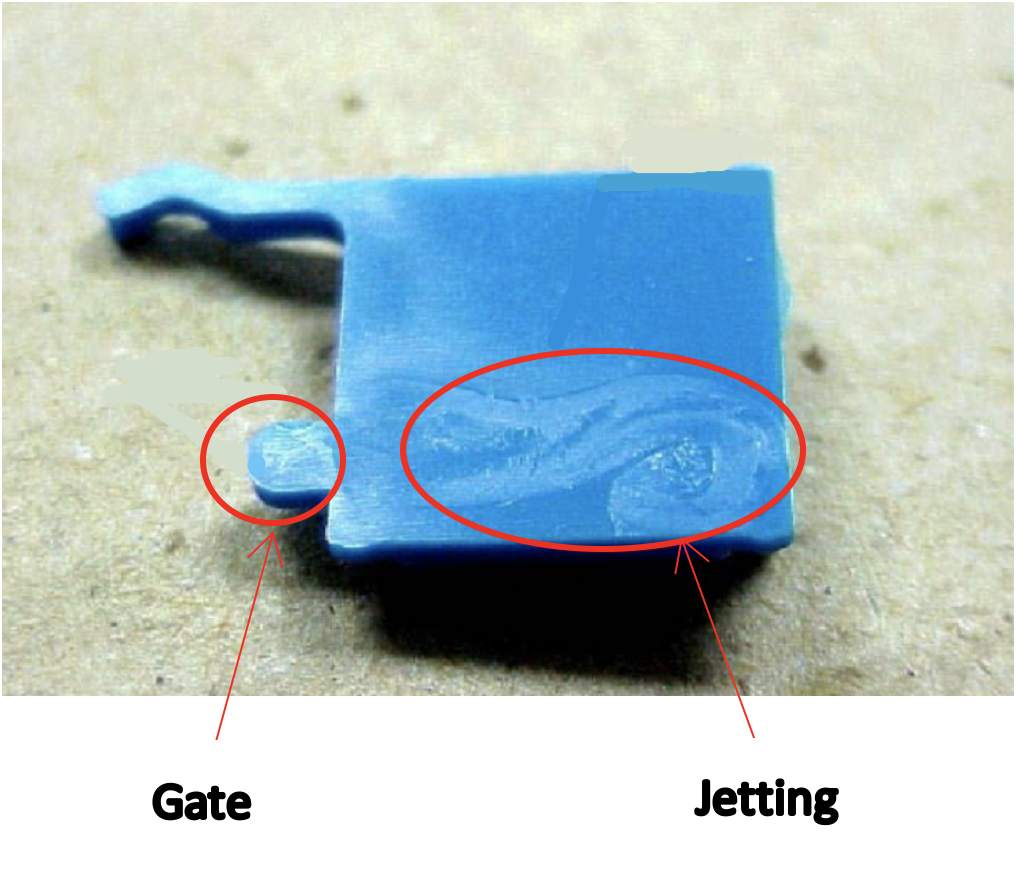views
Injection molding is a widely used manufacturing process for producing plastic components with a variety of shapes and sizes. One common issue that can arise during the injection molding process is surface defects, such as gate blush. Gate blush occurs when the gate, which is the opening through which melted plastic is injected into the mold cavity, leaves behind a mark on the surface of the finished part.
The Impact of Gate Blush on Part Quality
Gate Blush Injection Molding can detract from the overall aesthetic appeal of the part and may even weaken its structural integrity. To combat this issue, advanced techniques have been developed to minimize gate blush and improve surface quality in injection molded parts.
Optimizing Gate Location and Size
One technique for reducing gate blush is optimizing gate location and size. By strategically placing the gate at areas of the part where blush will be less noticeable or by using smaller gates, the impact of gate blush can be minimized. This approach requires careful analysis of the part design and mold configuration to determine the most effective gate placement.
Controlling Process Parameters
Another method for reducing gate blush is controlling process parameters, such as injection speed and pressure. By adjusting these parameters, the flow of melted plastic into the mold cavity can be optimized to reduce the formation of gate blush. Maintaining a proper balance between injection speed and pressure is crucial for achieving high-quality surface finishes in injection molded parts.
Advanced Mold Coatings for Preventing Gate Blush
In addition, using advanced mold coatings can also help prevent gate blush. Specialized coatings can improve the release of the molded part from the mold cavity, reducing the likelihood of gate blush formation. These coatings are designed to withstand high temperatures and pressures, providing long-lasting protection against surface defects.

Proper Mold Maintenance Practices
Furthermore, implementing proper mold maintenance practices is essential for minimizing gate blush. Regular cleaning and inspection of the mold can help prevent the buildup of contaminants that can contribute to surface defects. Mold maintenance should be performed on a routine basis to ensure optimal performance and quality of injection molded parts.
Automated Monitoring Systems for Real-Time Detection
Moreover, utilizing automated monitoring systems can aid in detecting and addressing potential issues with gate blush in real-time. By incorporating sensors and data collection technology into the injection molding process, operators can quickly identify and troubleshoot any issues that may lead to surface defects, such as gate blush. This proactive approach can help minimize rework and scrap, saving time and resources in production proces.






















Comments
0 comment